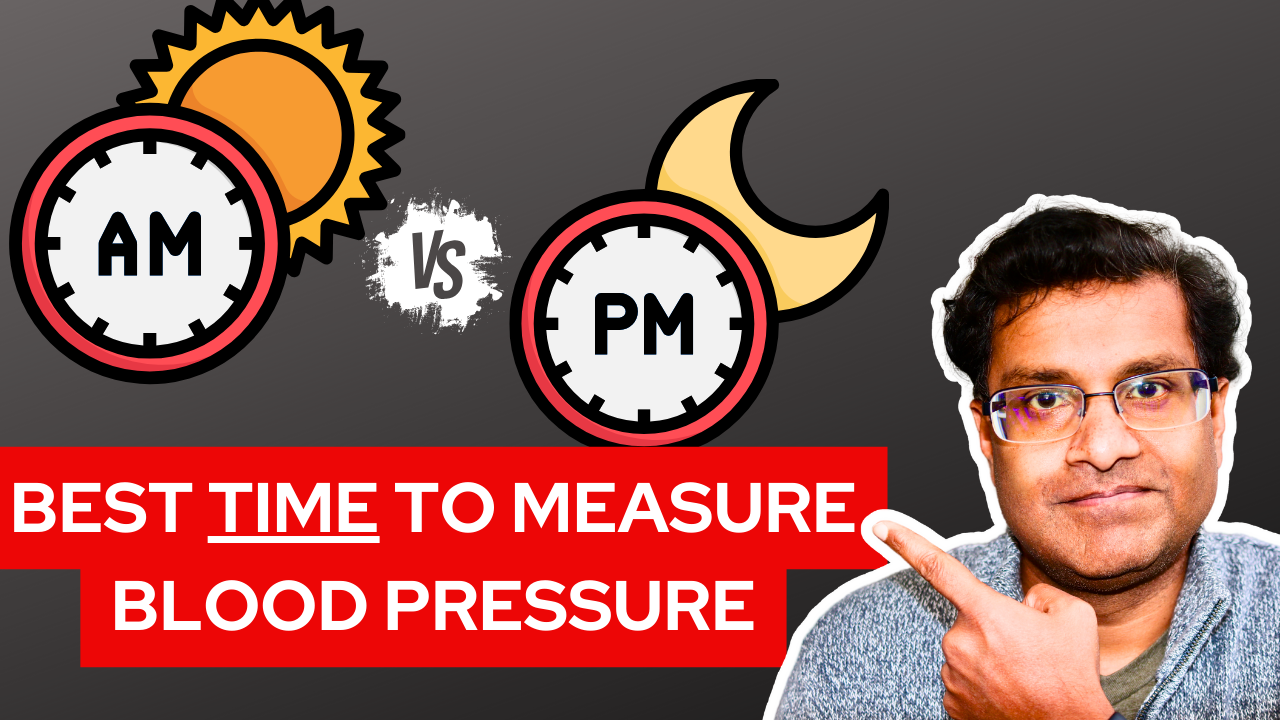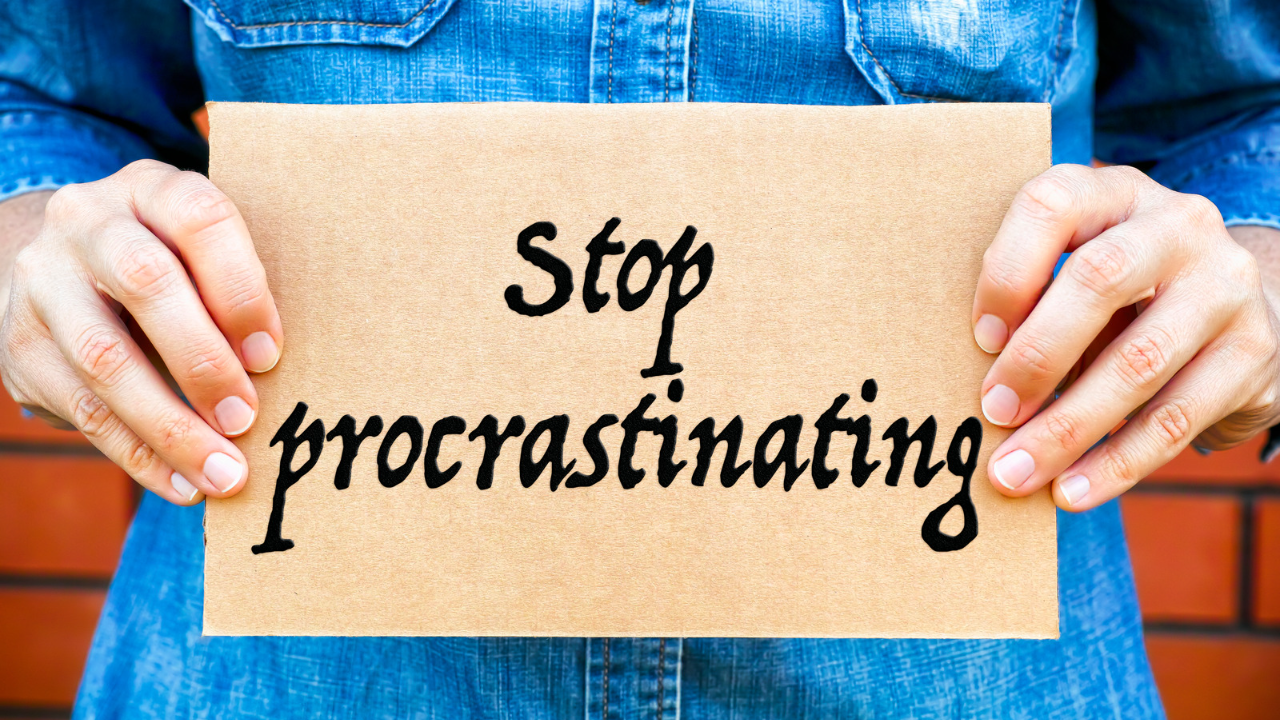Morning readings are typically taken before breakfast and any medications. This is because blood pressure tends to be lower after a night’s rest. By measuring it in the morning, you get a baseline reading that isn’t influenced by the activities or stressors of the day yet. This baseline reading can be valuable for you for tracking changes in blood pressure over time. It also helps you for figuring out the effectiveness of any medications you may be taking.

You might be asking should I do it immediately when I get up?
Not quite. Blood pressure experiences a natural rise in the early morning hours, often referred to as the “morning surge.” This surge is believed to be related to the body’s preparation for awakening and increased activity levels during the day. Waiting a short period after waking up allows this morning surge to stabilize, providing a more accurate baseline reading. How long should you wait? The recommended period to wait before measuring blood pressure in the morning is typically around 5 minutes. This short waiting period allows for the body to transition from sleep to wakefulness and for any potential morning surge in blood pressure to stabilize.
Also, you should take your body position into account. Blood pressure can vary depending on body position. Upon waking, blood pressure may initially be lower while lying down and then rise slightly upon standing. So, this is another reason why in the morning you should be waiting a few minutes and staying in a seated or lying position, so you can obtain a more consistent and reliable reading. Remember, waiting a short period after waking allows the body’s circadian rhythm (that is your internal biological clock) to stabilize, providing a more accurate baseline blood pressure reading by allowing for the adjustment from sleep to wakefulness.
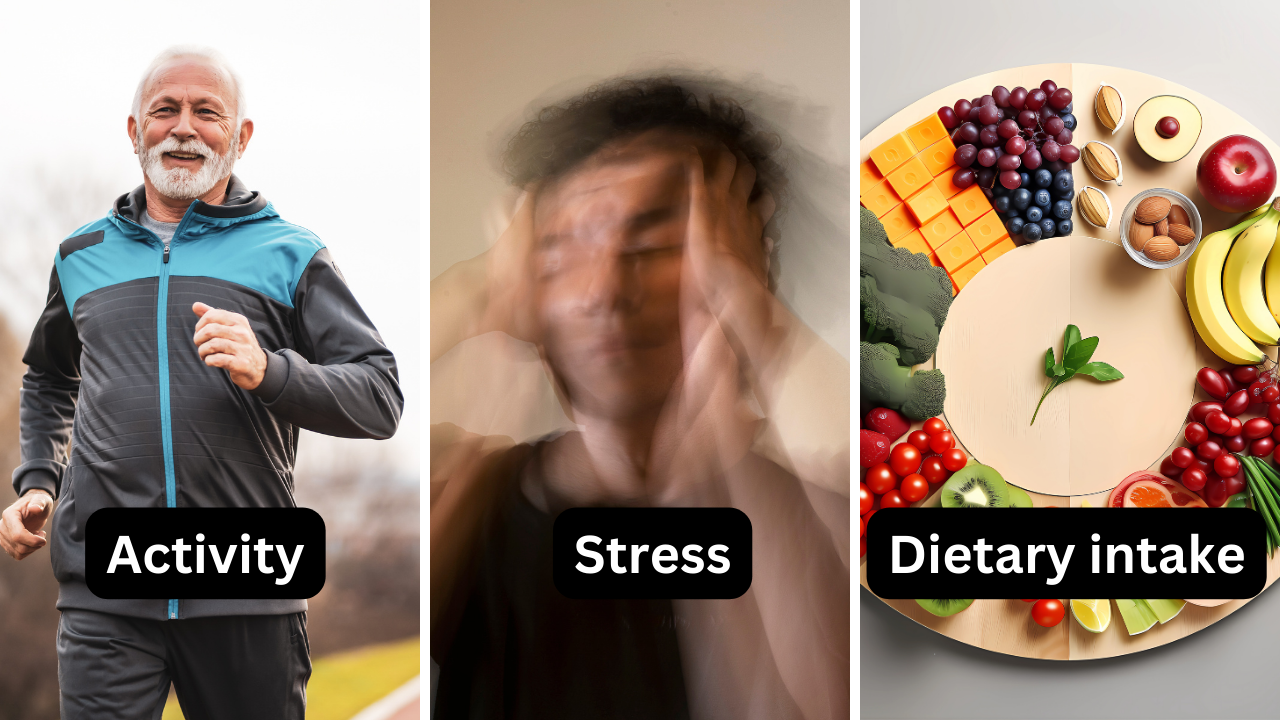
As the day progresses, various factors such as physical activity, stress, and dietary intake can influence blood pressure. Taking readings in the evening offers valuable insight into how blood pressure fluctuates throughout the day, capturing its natural variability.
Typically, blood pressure tends to decrease in the evening as the body prepares for rest and relaxation. This decrease is part of the body’s natural circadian rhythm (your internal biological clock), signaling the onset of the sleep phase. Monitoring blood pressure in the evening allows you and your healthcare providers to observe any deviations from the expected pattern. For example, consistently elevated blood pressure readings in the evening may indicate an underlying health concern or insufficient control of hypertension. Conversely, unexpectedly low blood pressure readings in the evening could also warrant further investigation, as they might signal issues such as dehydration or medication side effects.
As for a specific time in the evening, it’s generally recommended to take blood pressure readings a few hours before bedtime, ideally between 6pm and 8pm It goes without saying this should be done before your evening meal. This time frame ensures that readings are taken during the period when blood pressure typically starts to decrease as the body prepares for sleep.
I have included a free PDF blood pressure chart organizing the most critical readings all at a glance.
What are other situations you should be aware of before measuring your blood pressure?

Before medication:
If you’re prescribed medication to manage your blood pressure, it’s important to measure it before taking your medication. This shows your blood pressure in its untreated state and helps you your health care provider determine if the medication is effectively controlling it.
Before physical activity: Physical activity can temporarily raise blood pressure as the body responds to increased demands for oxygen and energy. Taking readings before engaging in exercise or physical activity provides a baseline to compare against. Monitoring blood pressure before and after physical activity can help identify any exercise-induced changes and ensure that your exercise routine is safe and appropriate for your cardiovascular health.

Consistency:
Try to measure your blood pressure at the same times each day to establish a reliable pattern. Consistent monitoring allows you and your healthcare provider to detect any trends or changes in blood pressure over time.
It probably a better idea to measure your blood pressure at home consistently. You might ask yourself why not at my doctor’s office? This is because of the white coat effect. The “white coat effect” refers to the phenomenon where a person’s blood pressure rises when measured in a clinical setting, like a doctor’s office, due to anxiety or stress associated with the visit, potentially leading to higher readings than usual outside of medical environments.
If you are interested in an article on how to lower your BP without medications click right here.
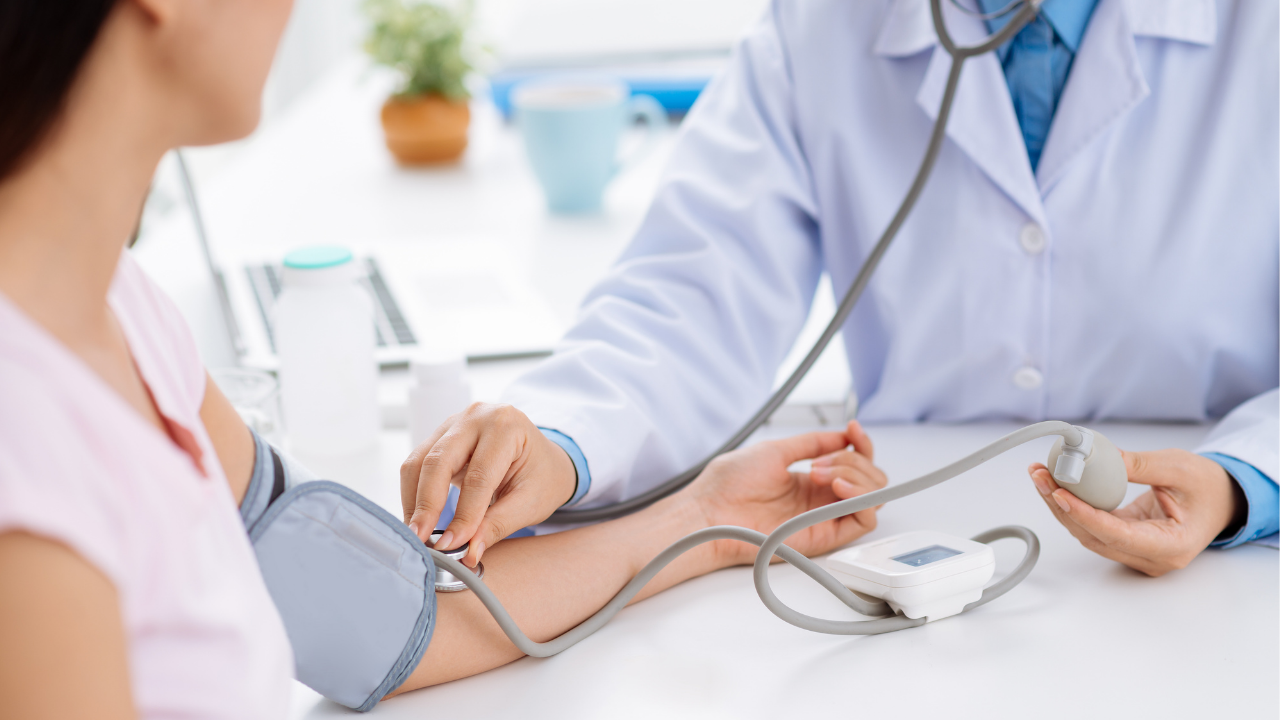
Tips for taking your blood pressure!
How should you be sitting when your blood pressure is being measured?
1.Sit comfortably upright with back support. Ideally this should be 5 minutes before the measurement.
2.Do not talk during the reading.
3.Ideally your bladder should be empty. A full bladder can affect your blood pressure.
4.Do not eat or drink 30 minutes before your BP reading.
5.Have your feet flat on the ground without crossing them.
6.Rest your arm at chest height.
7.The cuff should be against your skin and not bare skin.
8.Please do not smoke or drink caffeine before your reading.
- When checking your blood pressure, take multiple readings, spaced one minute apart. Aim for two or three measurements each time. Keep a record of these readings either in a journal or using an online tracker.
So, as you can see a lot of things can affect your blood pressure. That is why if your healthcare provider is making the diagnosis there should be 2 or more elevated readings obtained on 2 or more occasions before a diagnosis is established.
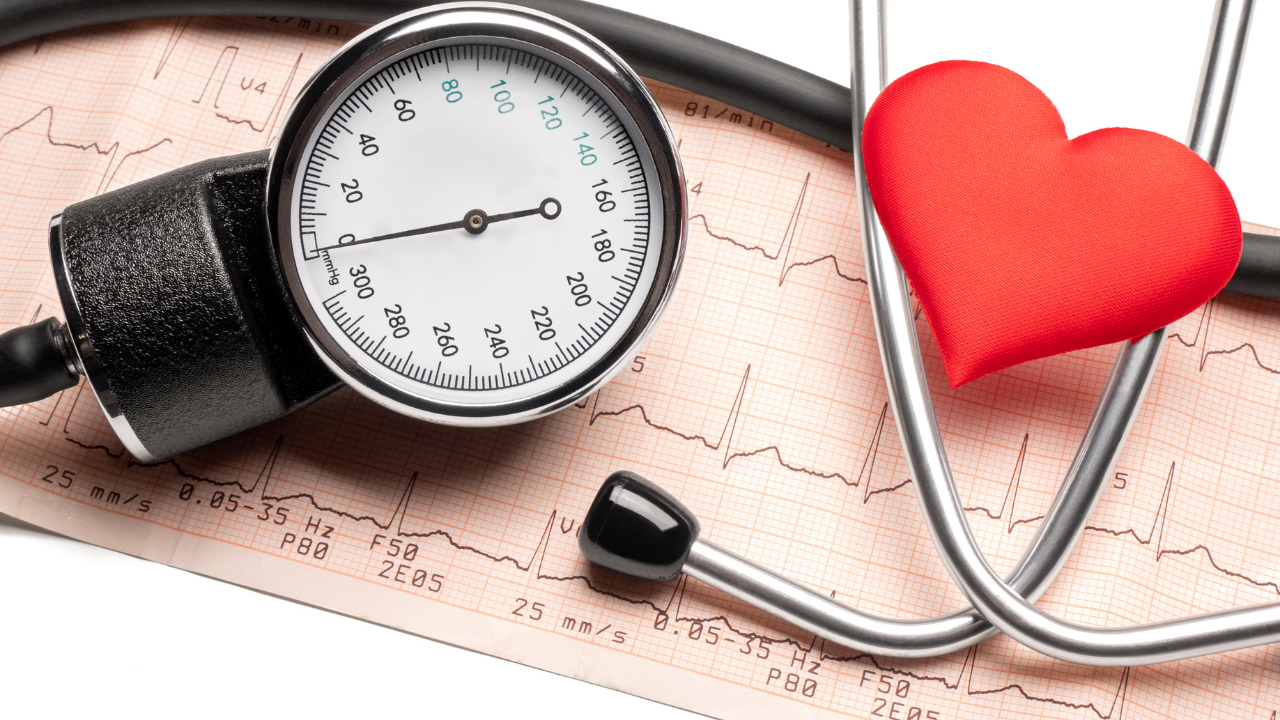
In summary what are the take home points for you:
- At-home blood pressure monitoring is typically conducted twice daily, at consistent times, as advised by your healthcare provider.
- Morning blood pressure readings should be taken upon waking, after using the bathroom, but before consuming coffee or medication.
- Evening blood pressure readings may be taken before dinner or bedtime, depending on your health care provider’s guidance.
- Blood pressure checks should be performed while seated after a few minutes of rest, with at least two readings taken one minute apart each time.
- Wait at least 30 minutes after consuming caffeine, alcohol, smoking, or exercising before measuring blood pressure.
And if you’re interested in another video just click right here.
Sources:
https://www.cdc.gov/bloodpressure/



